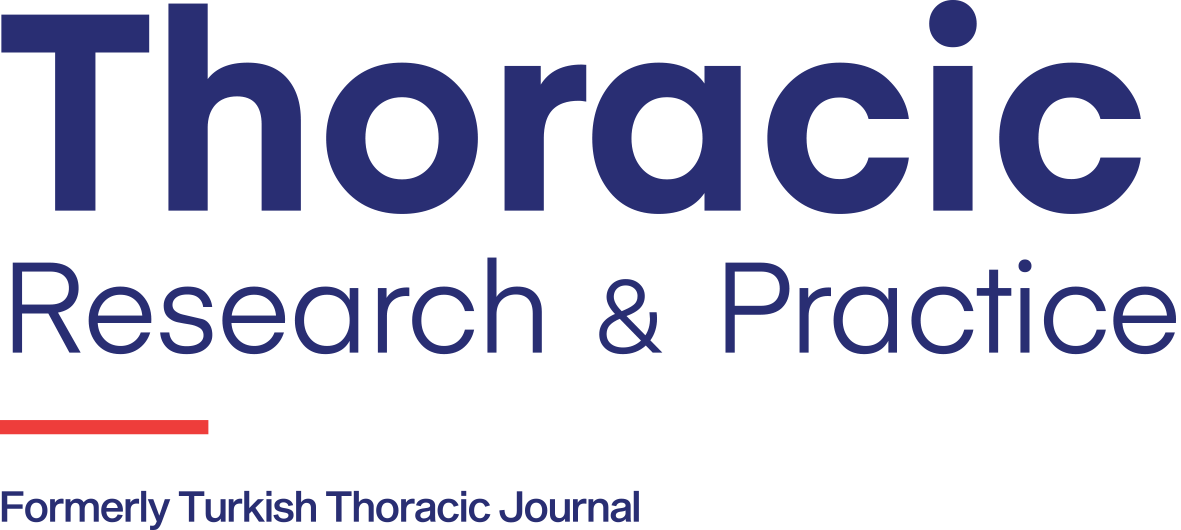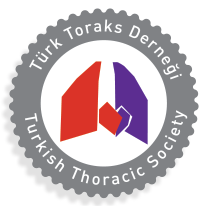Abstract
To study the role of T lymphocyte subtypes in acute bronchoconst' rictive responses caused by nonspecific stimuli, we performed bronchial histamine challenge tests in 24 stable asthmatic patients and in 10 nonatopic-nonasthmatic controls. None of the asthmatic patients had had an attack or suffered from an upper respiratory tract infection within the 8 weeks before the challenge test, nor had been receiving corticosteroids. Short acting P2 agonists were stopped 6 hours and long acting P2 agonists 12 hours before the challenge test. T lymphocyte subgroups, T lymphocyte activation markers and natural killer cells were determined in the peripheral blood before and after the histamine challenge test by two color flow cytometry. The results showed that while there were no changes in the percentages and absolute numbers of CD3+CD4+, CD16+CD56+, CD5+CD25+ and CD5+HLA-DR+ cells after the challenge test, CD3+CD8+ cells were higher both as percentages [23.9% (16.7- 36.7) versus 24.5% (16.7-40.5), p<0.05] and as absolute numbers [574 (65-1204)/mm3 versus 686 (163-1192)/mm’, p<0.05] after the challenge test in the asthmatics. Control subjects showed no differences after nonspecific bronchoprovocation. In view of these findings it can be stated that CD8+ T lymphocytes may have a role in the acute bronchoconstrictive response to nonspecific stimulus in asthmatic patients.



